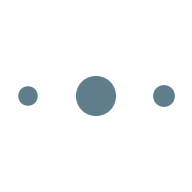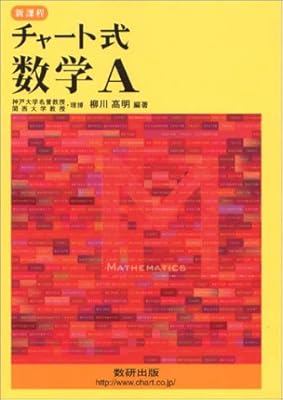I'll solve the problem of the number of cases again today~
From Question 6。
Oh well、It's a matter of combinations and circular permuting.。
Different\(n\)The total number of circle permutables for one thing is\(\left( n-1 \right) !\)represented by。
You can use this to solve it.。
And question 7。
I made a mistake in this problem.。
(1)、(2)Both、simply right four、I calculated it as a permutable to sort the top four.。
By the way、Permutables that contain the same are represented by the following formula:。
\(n\)Out of 10、Each of the same things\(p\)Pieces、\(q\)Pieces、\(r\)When there is one、These\(n\)What is the total number of permutables to be arranged?、
But、Now we're going to find a rectangular path.。
This route is in the shape of a triangle.。
According to the answer example(1)3 squares sideways as a temporary road、Think of a three-square-length rectangular path。
And、Point C、D、E、They set an F。
And then、The path from point C to point D is right 3.、Because it is a permuting of the top three、it's officially required earlier。
The rest is an extra route.、(Route through point E)\(+\)(Route through point F)\(-\)(Path through points E and F together)seeking as、It's good to pull.。
Hmm.、I see.
(2)It's hard to do it all the time.。
Point P according to the answer example、Q、R、Establish S。
and divided in the following four cases。
- Route through P
- Through Q、Route through P
- Through R、Route not through Q
- Through S、Route not through R
If you do it this way,、They are so、It's like it counts without duplication.。
I didn't know this.。
If the problem of such a route is focused on which point to pass, should it be parted?。
Next is Question 8.。
6It's a matter of how to get on a boat that can take up to four people.。
When distinguishing people、If you don't and you want to distinguish a boat、ask for four combinations if you don't。
(1)if you don't distinguish between people and boats.、Only the number of people who share as hinted at is a problem.。
(4)The (3)\(\div 2!\)It's like it's to。
I solved it by the case、The answer became the same.。
Well, I guess that's the way it is.。
Next is Question 9.。
(1)is a matter of simple combinations。
But、As for me(2)、(3)I made this wrong again.。
"Is it a duplicate combination problem?" I thought, "I'm not going to do that."、It was a duplicate permuting problem.。
By the way, in duplicate combinations\(n\)Allow duplicates from two different things\(r\)The number of combinations to take\({ _{ n+r-1 }{ C }_{ r } }\)represented by。
\(n-1\)With two partitions\(r\)it's the number of permutings of 0 pieces.。
Duplicate permuting, on the other hand,、Different\(n\)Allow duplicates from two things.\(r\)In permuting to take out the pieces、\({ n }^{ r }\)required in。
(2)It's easy to use.、(3)even if you're not(2)If you pull from, you will be asked。
I didn't know.
Finally Question 10。
It's a binary theorem problem.。
What is the binary theorem?\({ \left( a+b \right) }^{ n }\)the general term (r+1) of the expansion expression of\({ _{ n }{ C }_{ r } }{ a }^{ n-r }{ b }^{ r }\)is to be written with。
(1)You can use this to solve it.。
(2)According to the hint, it seems to be good as follows。
\({ x }^{ k }\)The coefficient of\({ a }_{ k }\)They go to。
And\(\frac { { a }_{ k+1 } }{ { a }_{ k } } \)And\(1\)\look into the big and small relationships of。
And then\(k\)Depending on the range of\({ a }_{ k }\)And\({ a }_{ k+1 }\)I can see the big and small relationship of、The maximum coefficient in the expansion expression is。
This was a problem that could be solved cleanly.。
I made a big mistake this time, too.、Anyway this is the end of the general exercise A problem of the number of cases。
It's going to be difficult next time.、Let's do our best。

